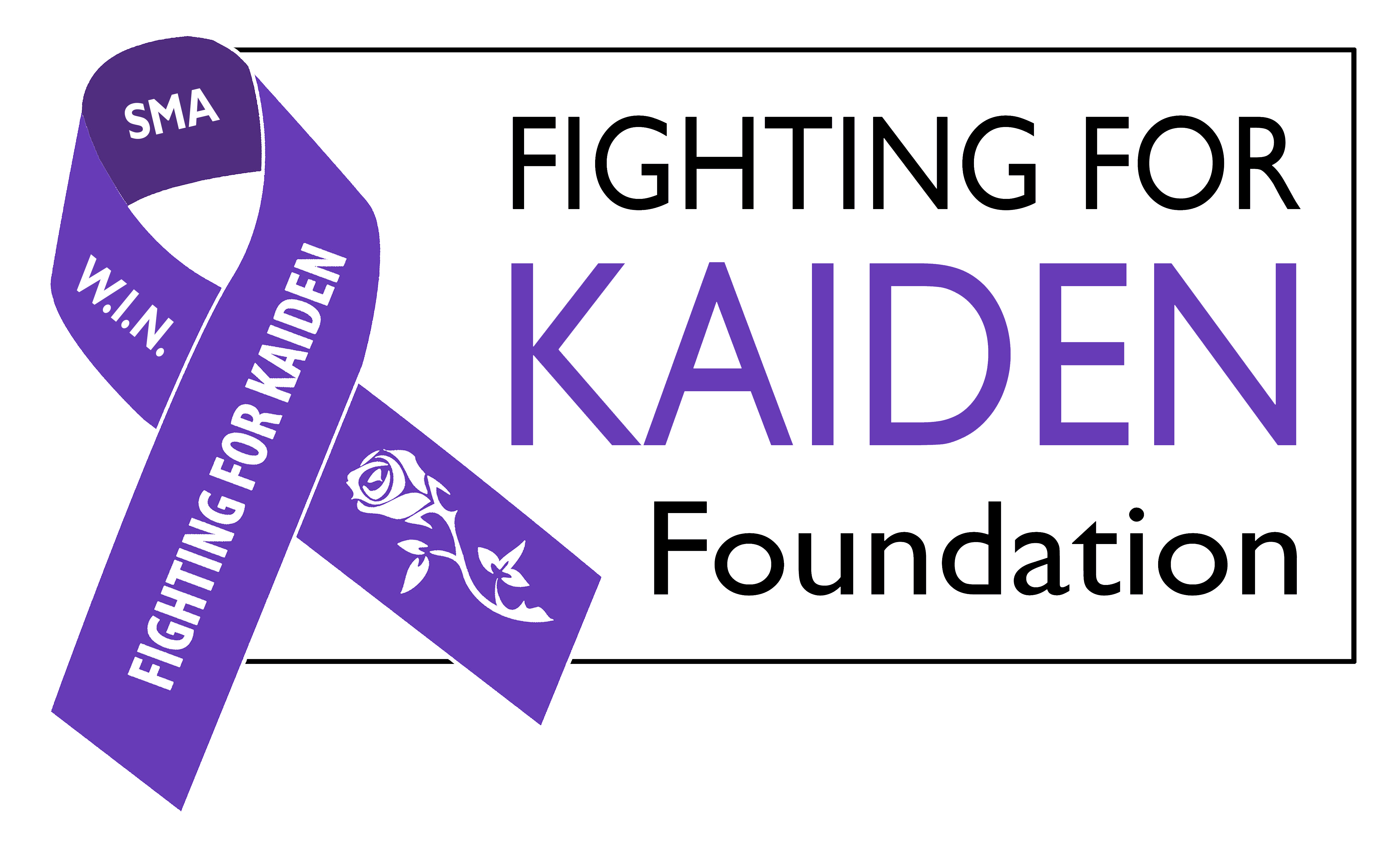Trusted Resources: Education
Scientific literature and patient education texts
Implications of Circulating Neurofilaments for Spinal Muscular Atrophy Treatment Early In Life: A Case Series
source: Molecular therapy. Methods & clinical development
year: 2021
authors: Alves CRR,Petrillo M,Spellman R,Garner R,Zhang R,Kiefer M,Simeone S,Sohn J,Eichelberger EJ,Rodrigues E,Arruda EA,Townsend EL,Farwell W,Swoboda KJ
summary/abstract:This longitudinal cohort study aimed to determine whether circulating neurofilaments (NFs) can monitor response to molecular therapies in newborns with spinal muscular atrophy (SMA; NCT02831296). We applied a mixed-effect model to examine differences in serum NF levels among healthy control infants (n = 13), untreated SMA infants (n = 68), and SMA infants who received the genetic therapies nusinersen and/or onasemnogene abeparvovec (n = 22). Increased NF levels were inversely associated with copy number. SMA infants treated with either nusinersen or onasemnogene abeparvovec achieved important motor milestones not observed in the untreated cohort. NF levels declined more rapidly in the nusinersen cohort as compared with the untreated cohort. Unexpectedly, those receiving onasemnogene abeparvovec monotherapy showed a significant rise in NF levels regardless of copy number. In contrast, symptomatic SMA infants who received nusinersen, followed by onasemnogene abeparvovec within a short interval after, did not show an elevation in NF levels. While NF cannot be used as the single marker to predict outcomes, the elevated NF levels observed with onasemnogene abeparvovec and its absence in infants treated first with nusinersen may indicate a protective effect of co-therapy during a critical period of vulnerability to acute denervation.
organization: Department of Neurology, Center for Genomic Medicine, Massachusetts General Hospital, Boston, MA, USA.DOI: 10.1016/j.omtm.2021.10.011
read more
Related Content
-
Identification of Specific Gene Methylation Patterns During Motor Neuron Differentiation From Spinal Muscular Atroph...Spinal muscular atrophy is a progressive...
-
New Gene Therapy Transforms SMA (Spinal Muscular Atrophy)https://www.youtube.com/watch?v=C5Dl3iMv...
-
Genetic Testing for Spinal Muscular Atrophyhttps://www.youtube.com/watch?v=7x_bumsC...
-
Spinal Muscular Atrophy 2019: SMA Pathophysiology, Diagnosis and Clinical Presentationshttps://www.youtube.com/watch?v=cUuWue8M...
-
Integrating Newborn Screening for Spinal Muscular Atrophy Into Health Care Systems: An Australian Pilot ProgrammeAim: This study dynamically designed, ev...
-
Early Diagnosis of Spinal Muscular AtrophyUntreated spinal muscular atrophy (SMA) ...
-
Baby Among the First to Receive Gene Therapy for Spinal Muscular Atrophy After FDA Approvalhttps://www.youtube.com/watch?v=adc6vztu...






 Bookmark
Bookmark





